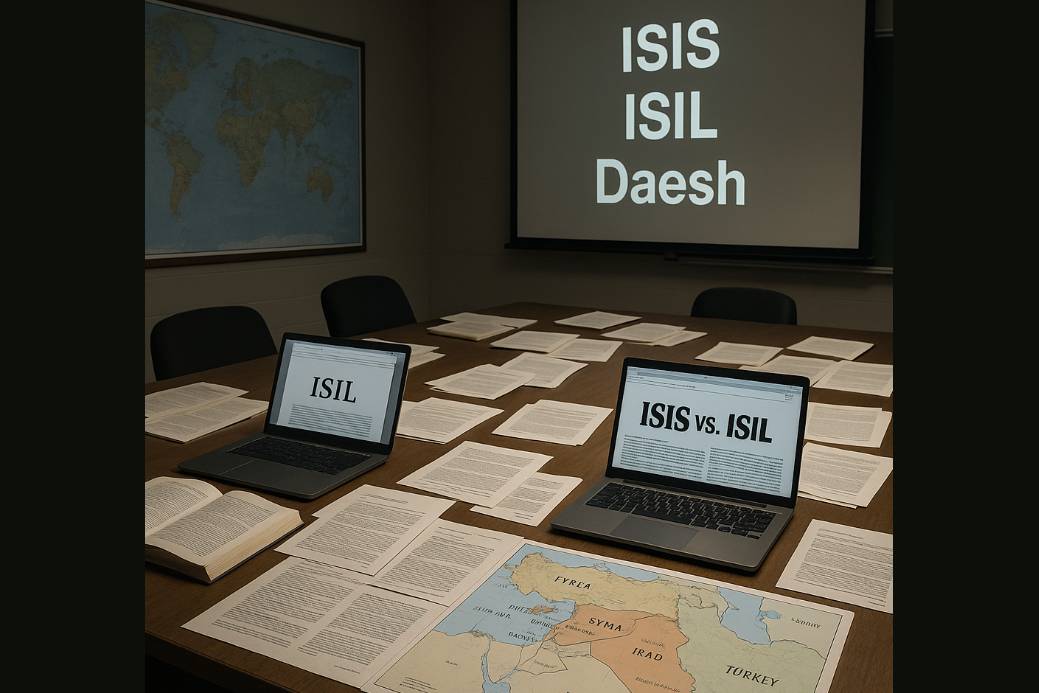Certainly, the terms ISIS and ISIL have significance because each name refers to the very same extremist group albeit on quite different political and lingual grounds. “ISIS” stands here for Islamic State in Iraq and Syria; showing at the same time the existence of the entity in these two countries alone. While certain media channels try to portray it as representing all of Islam, the term ISIS essentially indicated the institute’s geographical objective, which mainly comprised Iraq and Syria. On the other hand, ISIL stands for Islamic State in Iraq and the Levant, which entails Syria, Lebanon, Jordan, Israel, Palestine, and parts of Turkey; therefore, the group’s aspiration is to annex a wider region.
The choice between these acronyms can be politically charged. While the expression ISIL was favored mainly by the US Government during the Obama Presidency, ISIS remained the more popular term among media outlets and the general public because the latter emphasis is on the present-day strongholds of this terrorist group. Theoretically, ISIL occurs to be more accurate, but ISIS is far more accessible and thus carries more emotional connotation.
Often, post-Soviet Central Asian academic and regional translations got confused, with ISIL stressing global counterterrorism efforts and ISIS focusing on counterterrorism in Iraq and Syria. This allows looking more carefully into the intention of the group from the consumer’s perspective. The sphere is also known by its self-designation Islamic State (IS) or the pejorative Daesh.











